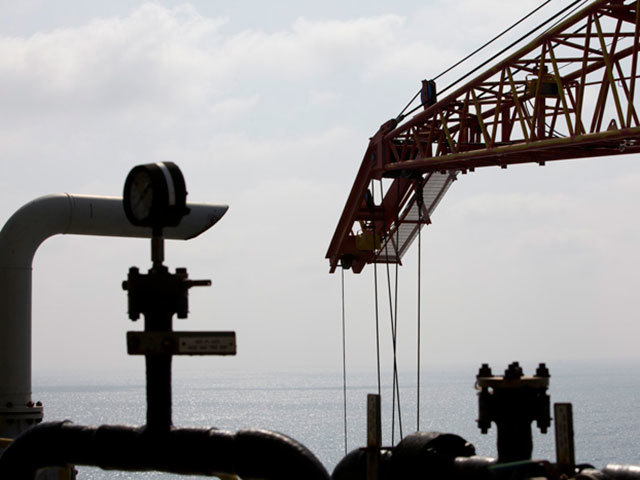
2016 may prove a year in which the theoretical underpinnings of the old adage that “the best cure for low prices is low prices” is challenged, according to Morgan Stanley.
Amid firming demand and plateauing production from the nations outside the Organization of Petroleum Exporting Countries, the oil market has made strides towards rebalancing in the second half of 2015 despite hitting fresh 11-year lows:
Conventional wisdom holds that low prices spur a pick-up in demand and push producers to shutter unprofitable projects. But Morgan Stanley analysts Adam Longson and Elizabeth Volynsky see slower demand growth and risks that supply rises rather than peters out in 2016. Their view stands in stark contrast to that of banks such as Credit Suisse, whose analysts see improving fundamentals in the crude market driving a more expedient recovery in prices.
A “number of headwinds in 2016 could serve to work against the progress towards rebalancing that has been made thus far,” warn Longson and Volynsky.
Morgan Stanley’s duo points to continued resilience of U.S. production and the slew of supply from OPEC members in the Middle East as forces that could keep the market from balancing from the supply side.
“Most of the U.S. declines thus far have come from legacy production, stripper wells or low tier shale plays, not the core plays,” the pair wrote. “Efficiency gains, bad behavior, and a struggle for survival should all help to support U.S. production.”
Meanwhile, the market will have to digest another 500,000 barrels per day of Iranian oil in the first three months of the new year, with the possibility of production growing soon thereafter. The potential for peace in Libya could also see more of that nation’s output—which is less than one quarter of its post-recession peak—unleashed in the near future. Due to the continued turmoil in the country, the Morgan Stanley’s analysts join others in remaining doubtfulthat production will grow in leaps and bounds in short order following the recent U.N.- brokered agreement.
Outside of Iran and Libya, the only member of OPEC with room to ramp up production substantially is Saudi Arabia.
“Another 400,000-600,000 barrels per day out of Libya in conjunction with 500,000-plus barrels per day from Iran and slower demand could delay any rebalancing (let alone recovery) until well into 2017,” the pair writes.
Speaking of that slower demand, Morgan Stanley already sees signs that the demand for a key refined product waned in the fourth quarter. A large group of nations in the OECD, including the U.S., Japan, South Korea, and many European countries, has seen demand fall on an annual basis during the last three months. Falling gasoline demand could crimp refiners’ margins and exert further downward pressure on oil prices should this major buyer start dialing down its crude runs.
“Demand growth is likely to slow from its torrid pace in 2015,” the analysts wrote.
Morgan Stanley remains relatively bullish on the price of crude, calling for Brent spot to average $49 per barrel in 2016, moving sharply higher in the final three months of the year. However, their commodity team acknowledges that with Brent already languishing at about $36 a barrel, the risks are tilted to the downside.
“The imbalance in the global oil market has been diminishing in the second half of 2015, but the hope for a rebalancing in 2016 continues to suffer serious setbacks,” they conclude.
